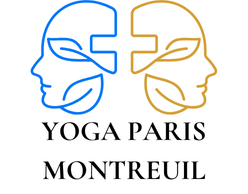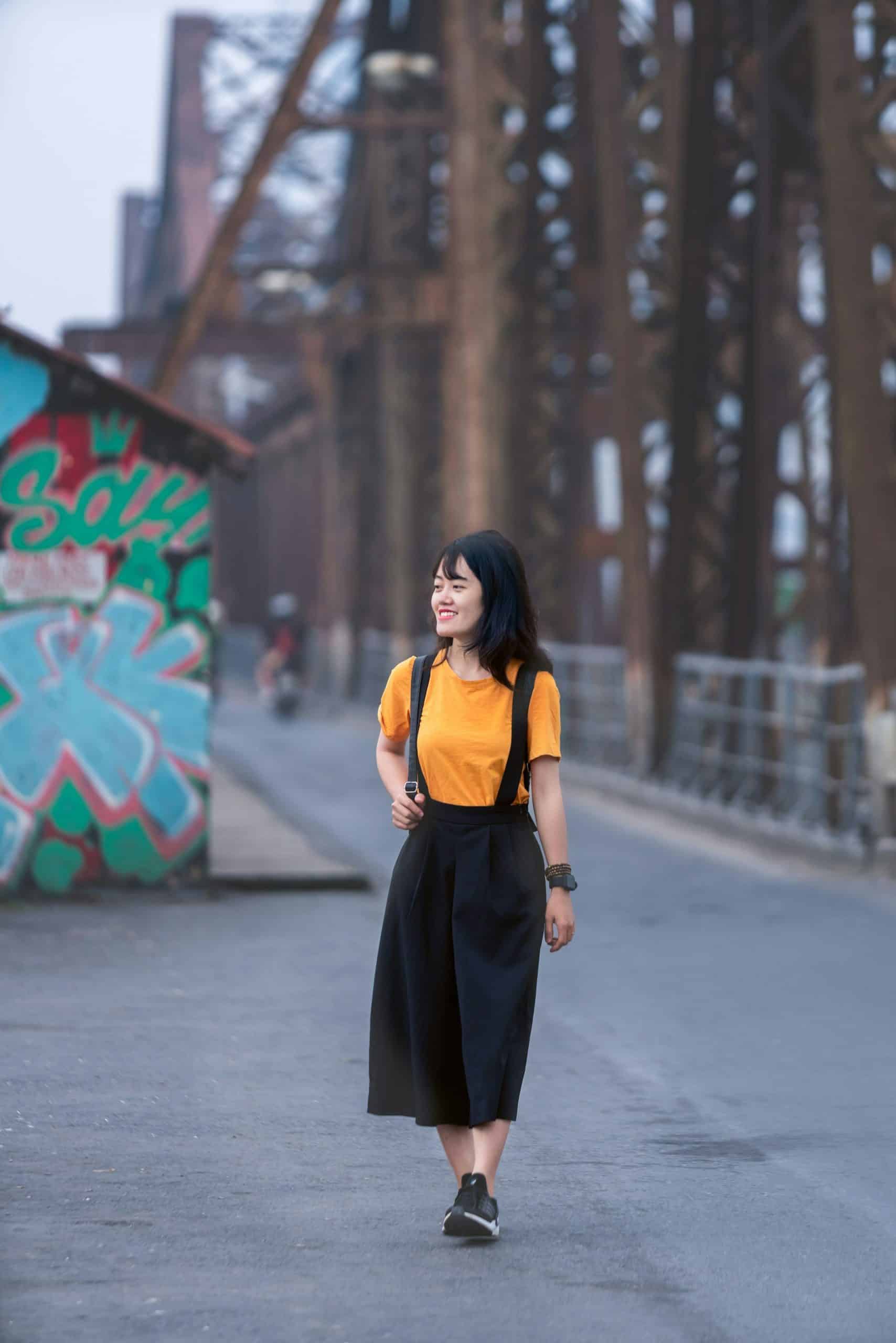Lower back pain can be a persistent issue, especially for seniors. Fortunately, gentle yoga poses can offer relief and promote mobility. Tailored specifically for older adults, these movements emphasize safety while stretching and strengthening the back. With mindful practices, seniors can enhance their flexibility and alleviate discomfort. Discover the top yoga poses designed to soothe lower back pain and foster a sense of well-being as you embrace a more active lifestyle.
Introduction to Yoga for Seniors
Yoga offers numerous benefits for seniors, providing a gentle way to stay active and promote overall well-being. Yoga for Seniors focuses on exercises that are both accessible and effective, helping to improve flexibility, balance, and strength. One of the most significant advantages is its potential to offer lower back pain relief. Gentle movements and stretches can alleviate tension and discomfort, making it an excellent option for those experiencing chronic pain.
Topic to read : Unlocking Creativity: How Digital Painting Classes Can Boost Mental Well-being in Seniors
Engaging in yoga can improve posture and increase mobility, which are crucial for reducing back pain. The emphasis on breathing and mindfulness also supports mental health, reducing stress that might exacerbate physical discomfort. However, it's essential for seniors to approach yoga with care.
Before starting any new exercise routine, seniors should consult with their healthcare providers. This step ensures that the chosen yoga practice is safe and tailored to individual needs, especially when dealing with specific health conditions or limitations. Tailoring yoga practices to accommodate physical abilities ensures that seniors reap the benefits without risking injury. By consulting professionals, seniors can confidently incorporate yoga into their lives, enhancing their quality of life through improved physical and mental health.
Have you seen this : Smart Eating Strategies for Seniors Over 65: Lowering Stroke Risk Through Dietary Changes
Top Yoga Poses for Lower Back Pain
Engaging in gentle yoga movements can be a game-changer for seniors experiencing lower back pain. Here are some of the top yoga poses designed to alleviate discomfort and improve flexibility:
Cat-Cow Pose
The Cat-Cow Pose is a dynamic movement that gently stretches and strengthens the spine. By alternating between arching and rounding the back, this pose helps to increase flexibility and relieve tension in the lower back. The gentle flow between these positions encourages spinal mobility, which is crucial for reducing pain and stiffness.
Child’s Pose
The Child’s Pose is a restorative position that provides a deep stretch to the lower back. By kneeling and extending the arms forward, this pose allows the spine to lengthen and relax. It is particularly effective for releasing tension and promoting relaxation, making it an ideal choice for seniors seeking relief from back discomfort.
Seated Forward Bend
The Seated Forward Bend targets the lower back by stretching the spine and hamstrings. This pose involves sitting with legs extended and gently reaching forward. It helps to lengthen the spine and improve flexibility, which can alleviate lower back pain. Practicing this pose regularly can contribute to better posture and reduced discomfort.
Detailed Instructions for Each Pose
To maximise the benefits of yoga, it's important to follow a step-by-step guide for each pose. Proper alignment and modifications ensure safety and effectiveness.
Cat-Cow Pose
- Begin on all fours, aligning wrists under shoulders and knees under hips.
- Inhale deeply, arching your back and lifting your head and tailbone towards the ceiling for the "Cow" position.
- Exhale, rounding your spine, tucking your chin to your chest, and drawing your belly button towards your spine for the "Cat" position.
- Repeat slowly, focusing on your breath and maintaining alignment.
Tips: Keep movements smooth and controlled. Engage your core to support your back.
Child’s Pose
- Start by kneeling and sitting back on your heels.
- Extend your arms forward, lowering your torso to the ground.
- Rest your forehead on the mat, feeling a gentle stretch in your back.
Tips: Place a cushion under your hips or knees for added comfort.
Seated Forward Bend
- Sit with legs extended straight.
- Inhale, reaching your arms overhead, then exhale, bending forward from the hips.
- Reach towards your feet, keeping the spine elongated.
Modifications: Use a strap around your feet if needed, or bend knees slightly to accommodate flexibility.
Benefits of Each Pose
Engaging in yoga offers a multitude of benefits that enhance both physical and mental health. Each pose contributes uniquely to overall well-being, providing both immediate and long-term advantages.
Physical Benefits
Yoga poses are designed to improve flexibility and reduce pain, particularly in the lower back. Regular practice can lead to increased range of motion and reduced muscle tension. For instance, the Cat-Cow Pose enhances spinal flexibility and relieves stiffness, while the Child’s Pose offers a restorative stretch that eases tension in the back. These physical benefits are crucial for seniors, as they help maintain mobility and prevent injuries.
Mental Benefits
Beyond physical advantages, yoga significantly impacts mental health. It aids in stress relief by promoting relaxation and mindfulness. The focus required during poses such as the Seated Forward Bend encourages mental clarity and improved concentration. This mental discipline can lead to a calmer mind and better emotional balance, which are essential for coping with daily stressors.
Research and personal testimonials consistently support these benefits, highlighting yoga as a holistic practice that nurtures both body and mind. By incorporating yoga into their routine, seniors can experience enhanced physical and mental health.
Safety Tips for Seniors
Practicing yoga can be incredibly beneficial, but it's crucial to prioritise safety in yoga, especially for seniors. Listening to your body is vital. If a pose feels uncomfortable or painful, it's important to stop and adjust. This attentiveness helps prevent injuries and ensures a positive experience.
For seniors with existing health issues, certain precautions are necessary. Conditions such as osteoporosis or arthritis may require modifications to avoid strain. Consulting with a healthcare professional before starting yoga is advisable to tailor the practice to individual needs.
When practicing yoga at home, ensure a safe environment. Use a non-slip mat to prevent falls and clear the area of any obstacles. It's also beneficial to have a chair or wall nearby for support if needed.
Here are some additional tips for safe home practice:
- Warm up properly before beginning any poses to prepare your body.
- Focus on breathing techniques to maintain relaxation and control.
- Limit sessions to a comfortable duration to avoid fatigue.
By following these guidelines, seniors can enjoy the benefits of yoga while maintaining their health and safety.
Modifications for Each Pose
Adaptive Yoga for Seniors is essential for ensuring that yoga remains accessible and safe. By incorporating yoga modifications, seniors can enjoy the benefits of yoga without risking discomfort or injury.
Modifications for Cat-Cow
Using props can significantly aid in performing the Cat-Cow Pose comfortably. A folded blanket under the knees provides cushioning, reducing joint strain. Alternatively, performing the movement while seated on a chair can offer support and ease on the back. For those with wrist discomfort, placing forearms on a table can alleviate pressure.
Modifications for Child’s Pose
For seniors with knee or back discomfort, variations of the Child’s Pose can offer relief. Placing a bolster or cushion between the thighs and calves can reduce knee pressure. Adjusting the arms to rest beside the body rather than extended forward can also enhance comfort. Personalising the position ensures a gentle stretch without strain.
Modifications for Seated Forward Bend
In the Seated Forward Bend, using a chair or bolster can provide much-needed support. Sitting on a chair and bending forward allows for a gentle stretch without overextending. A bolster placed under the knees or along the thighs can aid in easing into the pose, making it more accessible for varying flexibility levels.
Visual Aids and Demonstrations
Visual aids are invaluable for seniors learning yoga poses, as they provide clear guidance and enhance understanding. Watching yoga demonstrations allows individuals to see the correct alignment and movement, which is crucial for executing poses safely and effectively. These visual resources can bridge the gap between theoretical knowledge and practical application.
Visual Yoga Guides, like videos or infographics, are excellent tools for those who prefer learning at their own pace. Videos offer dynamic demonstrations, showing transitions between poses and emphasizing correct breathing techniques. Infographics, on the other hand, present static visual cues that highlight key points and modifications, making them easy to reference during practice.
For seniors, online classes specifically tailored to their needs can be particularly beneficial. These classes often incorporate yoga demonstrations that focus on poses designed to improve flexibility and reduce back pain. They also provide modifications to accommodate various physical abilities, ensuring a safe practice environment.
When selecting resources, it's essential to choose those that are clear, accessible, and reliable. By leveraging visual aids, seniors can confidently engage in yoga, enhancing their practice and reaping the associated physical and mental benefits.
Incorporating Yoga into Daily Routine
Creating a daily yoga practice can significantly enhance the benefits for seniors, promoting both physical and mental well-being. Establishing a consistent practice schedule is key. Begin by setting aside a specific time each day dedicated to yoga. This routine helps in forming a habit, making it easier to maintain consistency.
Short, daily sessions are often more beneficial than longer, infrequent ones. They allow the body to adapt gradually, reducing the risk of injury and ensuring steady progress. Aim for sessions lasting 15 to 30 minutes, focusing on gentle poses that promote flexibility and strength.
Incorporating yoga with other forms of exercise can provide a balanced fitness routine. Activities such as walking or swimming complement yoga, offering cardiovascular benefits alongside the flexibility and relaxation yoga provides. This combination supports overall health, catering to different aspects of fitness.
To ensure adherence to a routine for seniors, consider integrating yoga into daily activities. For instance, practicing poses while watching TV or before bedtime can seamlessly blend yoga into everyday life. By prioritising a daily yoga practice, seniors can enjoy sustained improvements in their physical and mental health.
Community and Support
Joining a yoga community can significantly enhance the experience for seniors, offering both social interaction and motivation. Participating in a yoga class or group provides a sense of belonging, encouraging regular practice through shared commitment. This social aspect not only supports physical health but also contributes to emotional well-being by reducing feelings of isolation.
For those unable to attend in-person classes, online communities offer a valuable alternative. These platforms allow seniors to share experiences, seek advice, and find encouragement from others on similar journeys. Engaging in virtual discussions can foster a supportive network, promoting continued engagement with yoga practices.
Finding local classes tailored for seniors is easier with dedicated resources. Many community centres and gyms offer senior wellness support programs, including yoga classes designed to accommodate varying abilities. These classes often focus on gentle movements and modifications, ensuring accessibility and safety.
- Benefits of a yoga community include:
- Enhanced motivation through shared experiences.
- Opportunities for social interaction and support.
- Access to tailored classes and resources.
By participating in a yoga community, seniors can enhance their practice, benefiting both physically and emotionally.
Conclusion and Resources
Exploring additional resources can significantly enhance your yoga journey, offering deeper insights and guidance. Whether you're new to yoga or have been practicing for years, ongoing education is crucial. It not only enriches your practice but also ensures that you are performing poses safely and effectively.
For further reading on yoga, consider these credible sources:
- "The Complete Guide to Yoga for Seniors" by Carla Wills-Brandon
- "Yoga for Healthy Aging" by Baxter Bell and Nina Zolotow
- Websites like Yoga Journal and Yoga International offer articles specifically tailored to senior practitioners.
These resources provide comprehensive information, from basic poses to advanced techniques, helping you deepen your understanding and refine your practice.
Additionally, seeking professional guidance is invaluable. Certified yoga instructors offer personalised instruction, ensuring that your practice is safe and tailored to your needs. They can provide modifications and adjustments, enhancing your experience and preventing injury.
Remember, the journey of yoga is a lifelong pursuit. By continually educating yourself and seeking expert advice when necessary, you can enjoy the myriad benefits yoga offers, maintaining both physical and mental well-being.











